Cyber space: artists Langlands & Bell explore the architecture of tech titans
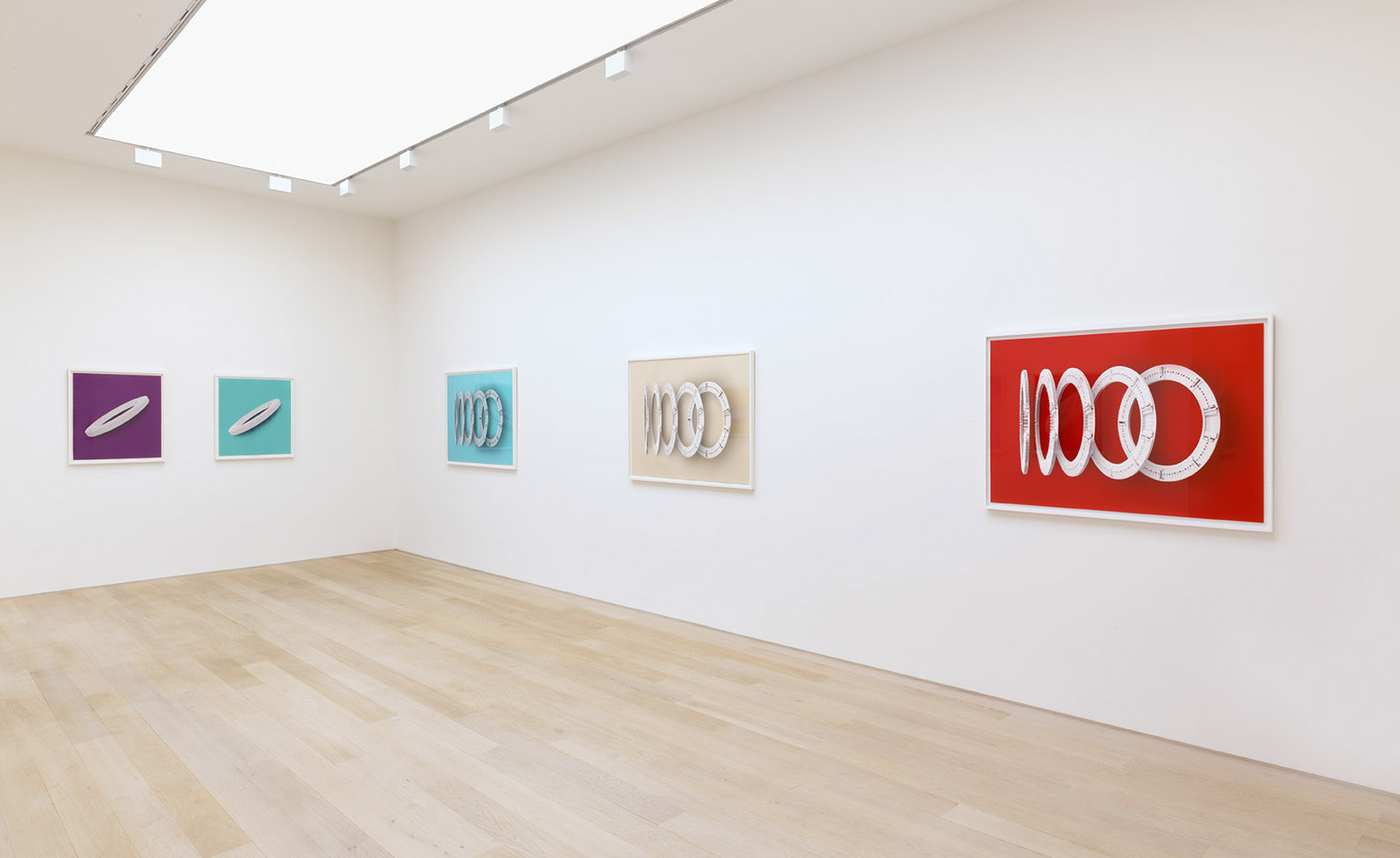
For 40 years, British artists Langlands & Bell have decoded the structures of buildings to illuminate human relationships – their subjects have included Le Corbusier’s Cité Radieuse, the British Museum, Millbank Penitentiary and, most famously, the house of Osama bin Laden (a work which earned them a nomination for 2004’s Turner Prize). For their new exhibition, opening this month at London’s Alan Cristea Gallery, they are turning their attention to the futuristic architecture of internet giants.
The show consists of 24 editioned prints, depicting in-progress or recently completed ‘campuses’ belonging to Apple, Facebook, IBM, the Gates Foundation and Nvidia. Stripped of texture and context, they are shown in distilled form against sharply coloured backgrounds that accentuate their shape. Most of them are laid at an oblique angle, so viewers ‘feel like God looking down at a Lilliputian landscape’, and experience a rare sense of power over companies that have influenced almost every aspect of our lives.
The belle of the ball is the new Apple HQ in Cupertino, California – a ring-shaped, spaceship-like building commissioned by the late Steve Jobs and designed by Foster + Partners. With a circumference of one mile, it is unprecedented in scale and ambition. But by presenting it in top view, the artists emphasise its circular shape, which has parallels throughout historical architecture. ‘You can see the connection between the Apple building and the Coliseum, and between architecture, power and spectacle,’ the duo contends. Like the Coliseum, and by extension the Roman Empire, the Apple building stands for universal vision, but also the centralisation of might.
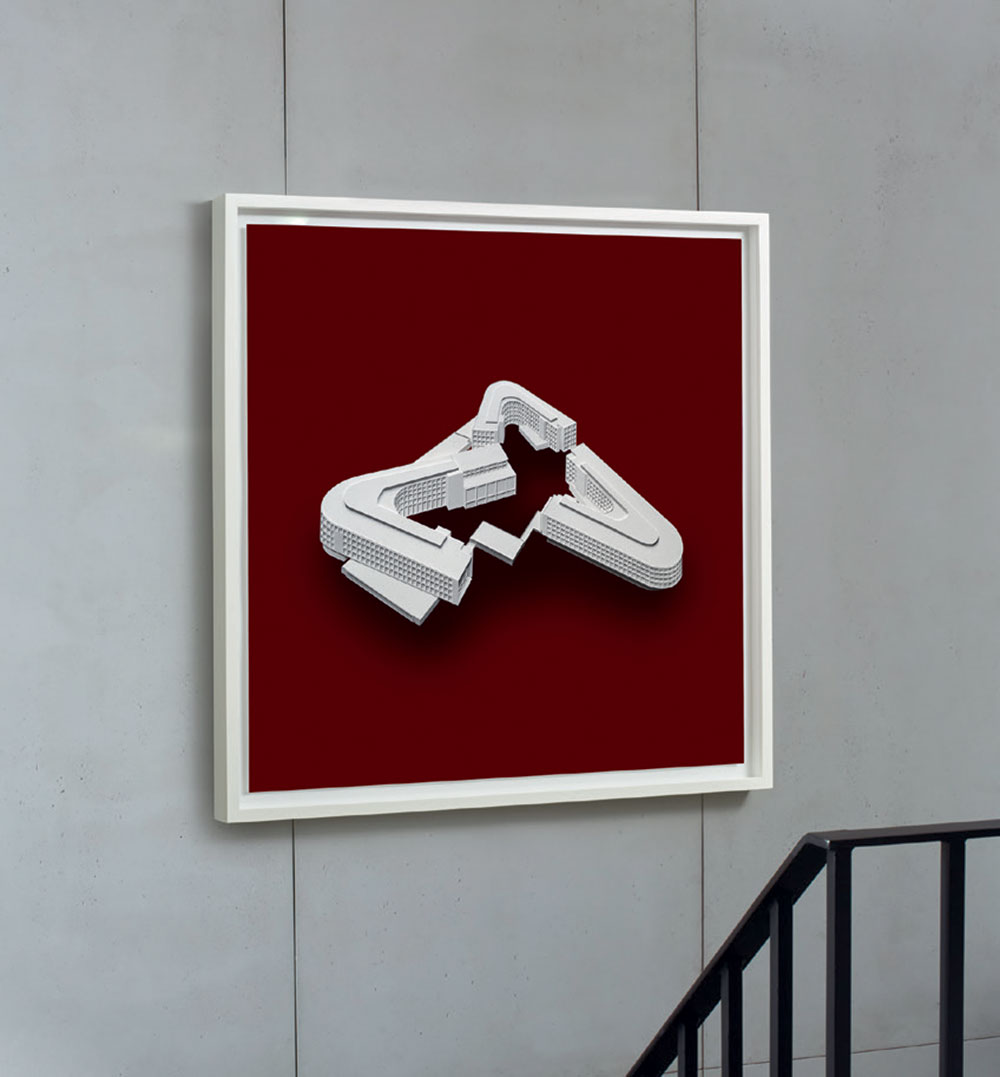
Gates Foundation (Seattle), 2016, shot at the Alan Cristea Gallery in London
The simplicity of Langlands & Bell’s prints belies meticulous research and production. The artists began by constructing physical models based on building plans downloaded from municipal websites. These were photographed from various perspectives, then redrawn on a computer. It’s a reflection of the artists’ belief that old and new ways of working can complement each other. ‘The camera didn’t make painting irrelevant, but it changed painting significantly. Similarly, virtual making hasn’t made physical model making redundant.’
There are also two wall sculptures, one depicting Apple’s campus at Sunnyvale, the other Facebook’s HQ at Menlo Park. The latter was designed by Frank Gehry, but eschews the flamboyance that characterises the architect’s other work. Instead, it comprises a single floor on stilts with a garden-like roof. Langlands & Bell contend that Facebook is reluctant to reveal the extent of its power – it avoids monumental architecture lest it appear as a monolithic conglomerate. Accordingly, the wall sculpture does not show the building’s façade, but presents a model of the interior, colour-coded for both functional purpose and aesthetic impact. The grey area represents open-plan office space for 2,800 employees, making it the single largest room in the world. The artists call it a ‘spectacle of endless access’, a deliberate display of transparency that contrasts with the way some say that Facebook has enslaved its users.
The artists look forward to continuing the series beyond this exhibition, yet they question if the architecture of internet giants might have the same symbolic force as ‘the cathedrals of the Middle Ages, the baroque palaces and gardens of the Enlightenment, and the factories and railway stations of the Industrial Revolution’. As impressive as the buildings may be, it remains to be seen whether architecture will remain a potent social force in the information age.
As originally featured in the May 2017 issue of Wallpaper* (W*218)
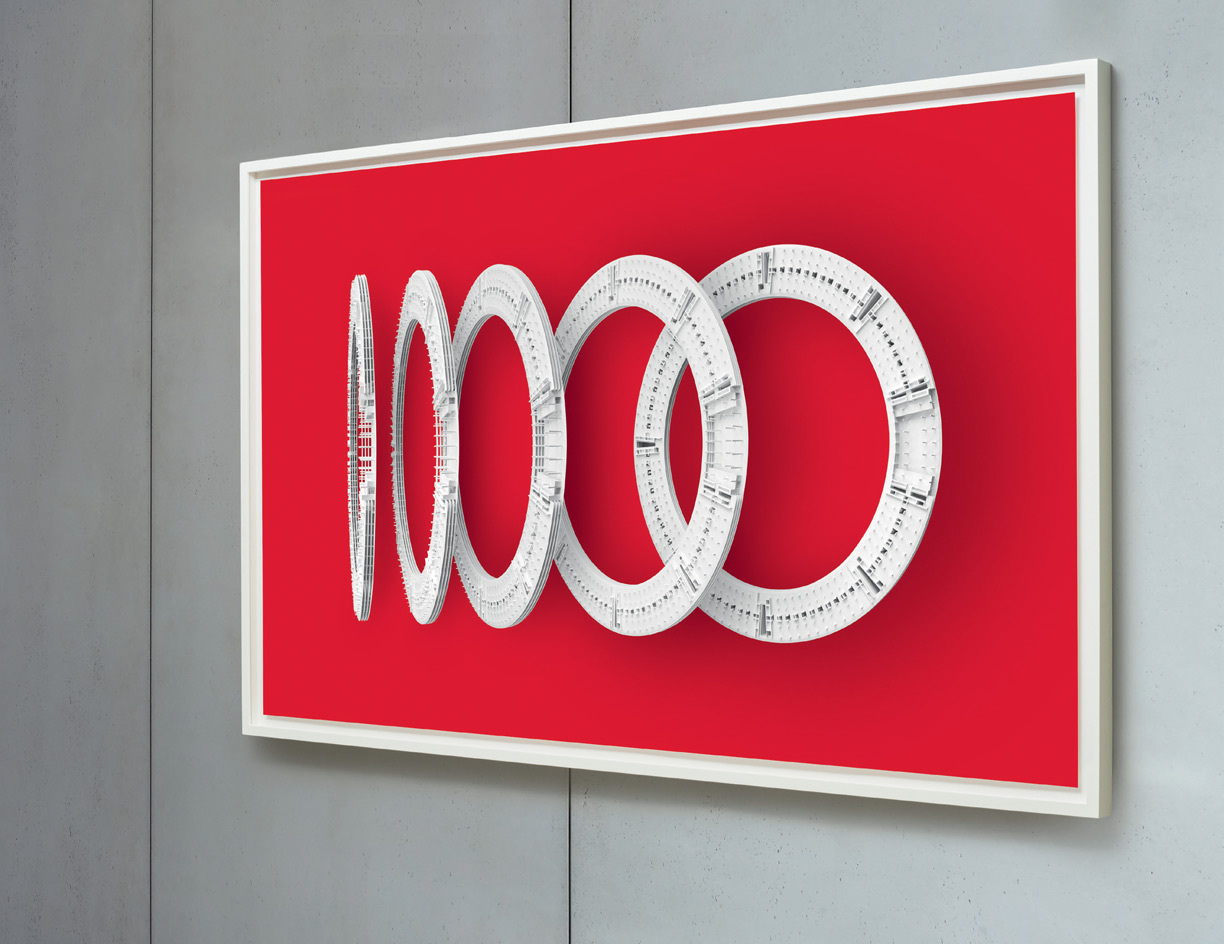
Infinite Loop, 2016, shot at the Alan Cristea Gallery in London.
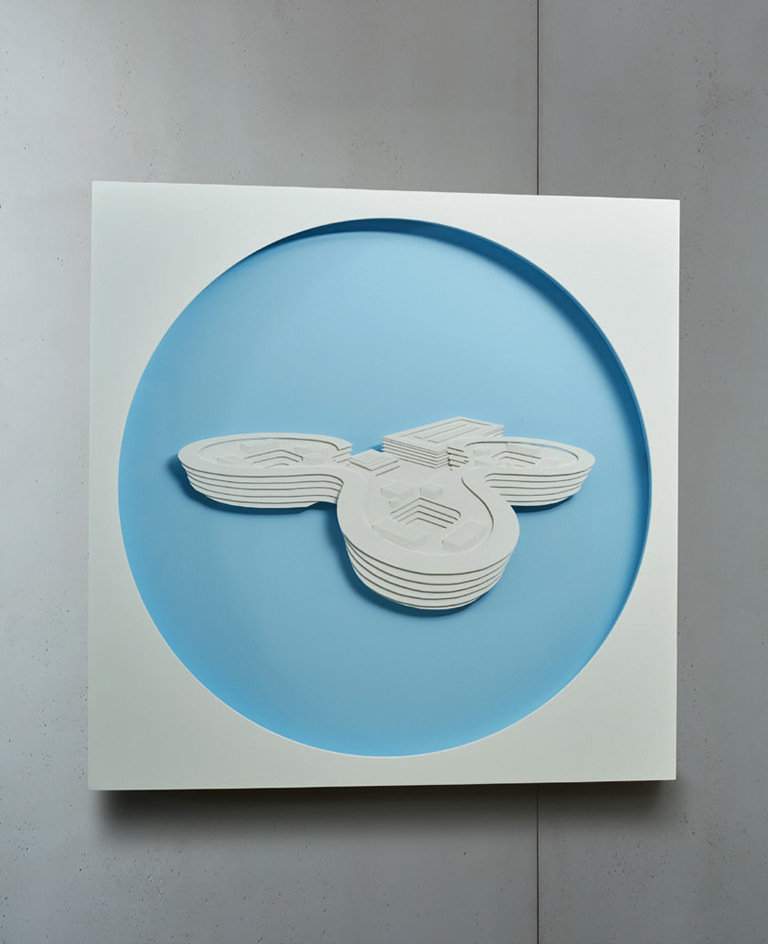
Apple, Sunny Vale, 2017
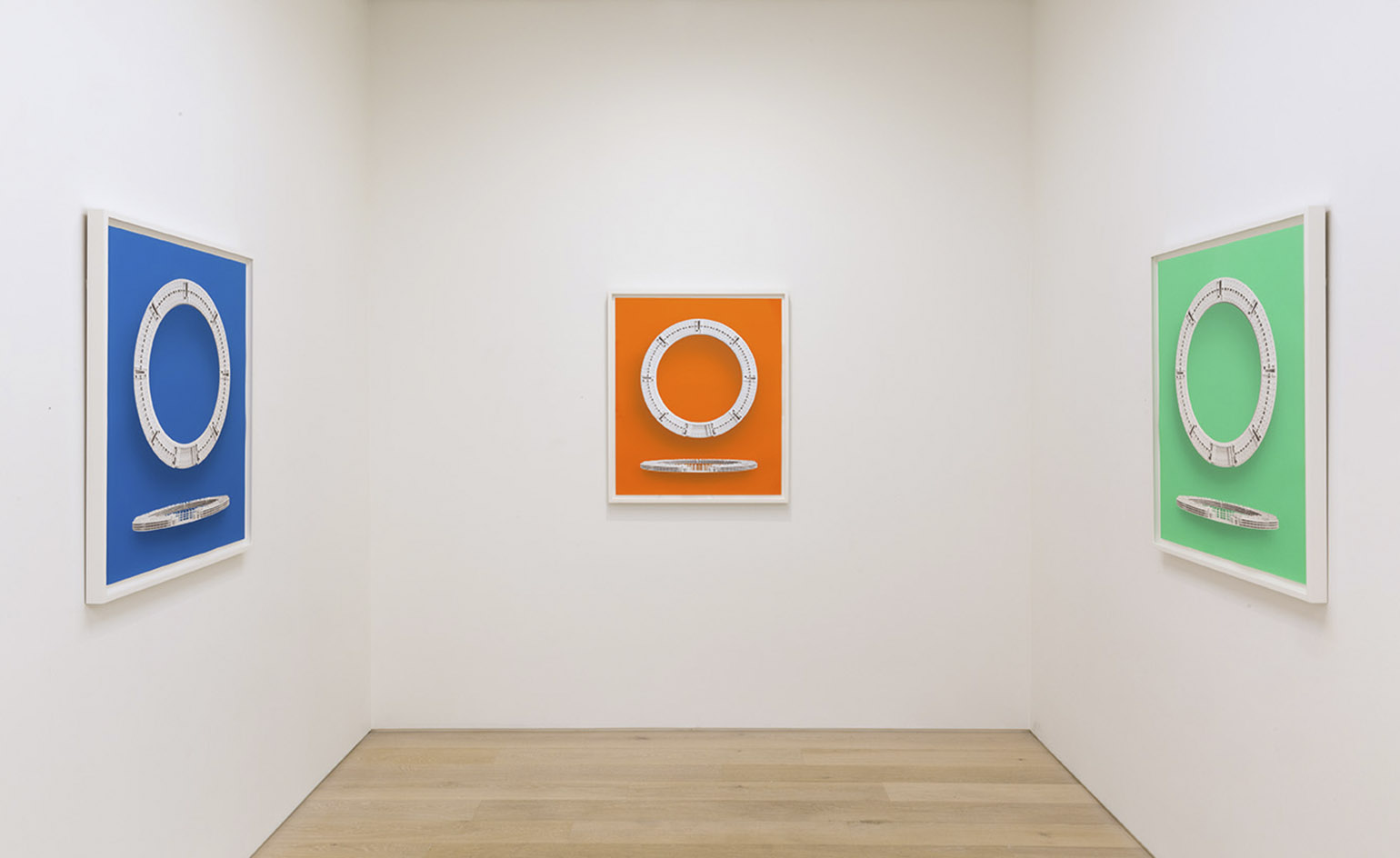
Installation view. 2017. Courtesy of the artists and Alan Cristea Gallery, London
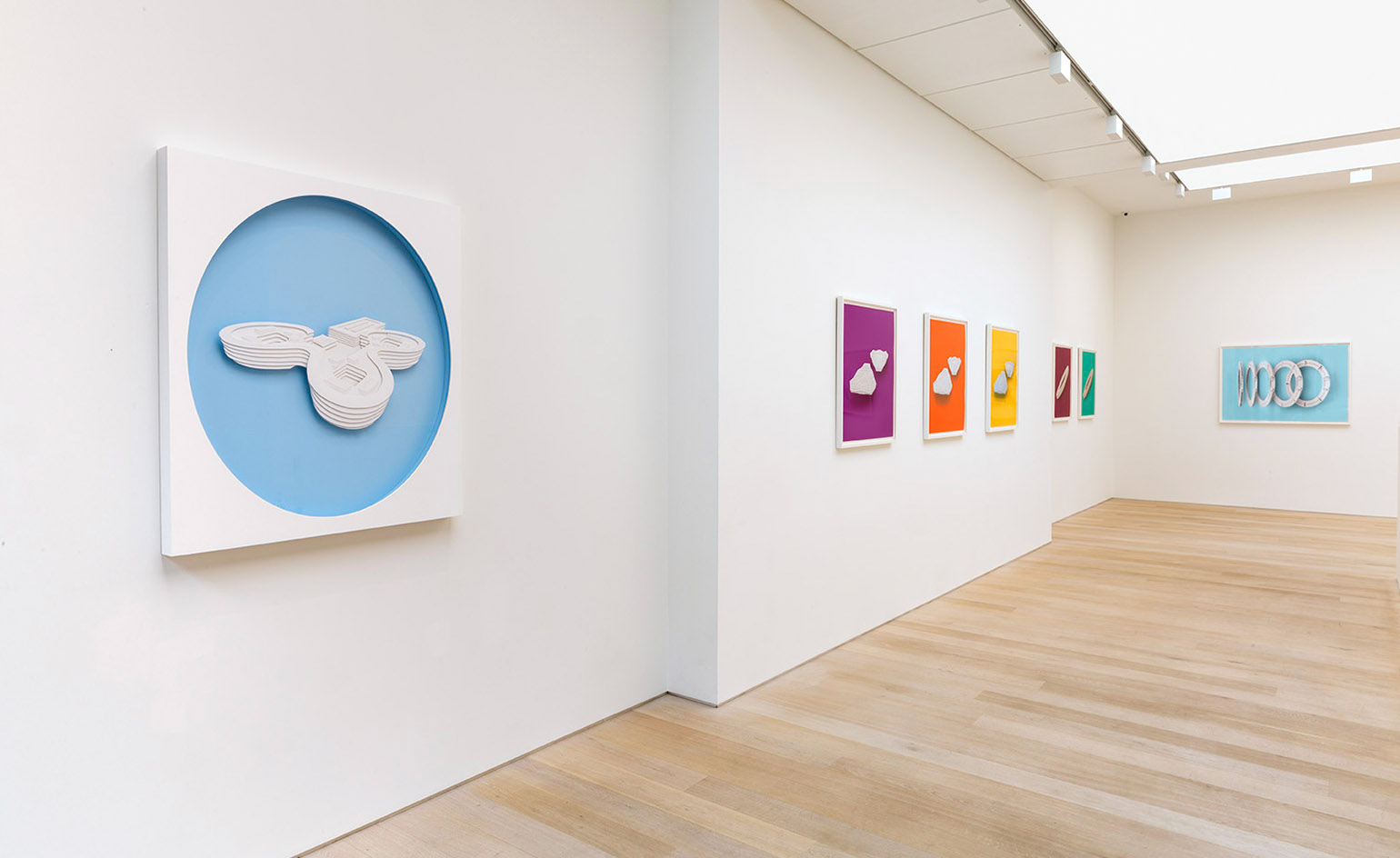
2017. Courtesy of the artists and Alan Cristea Gallery, London
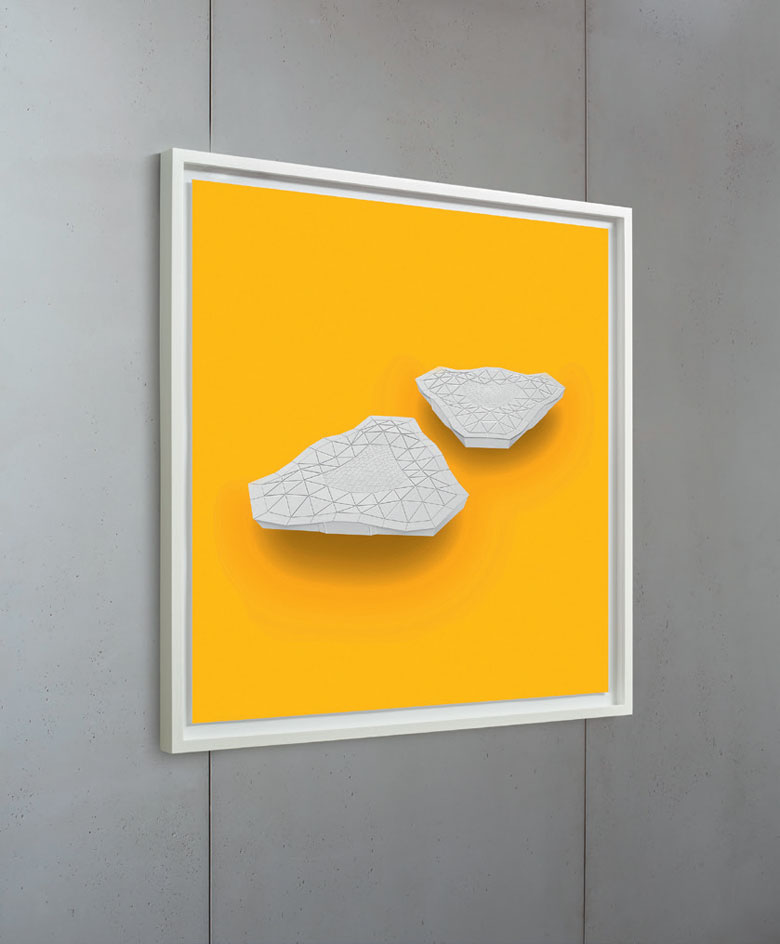
Nvidia (Santa Clara), 2016
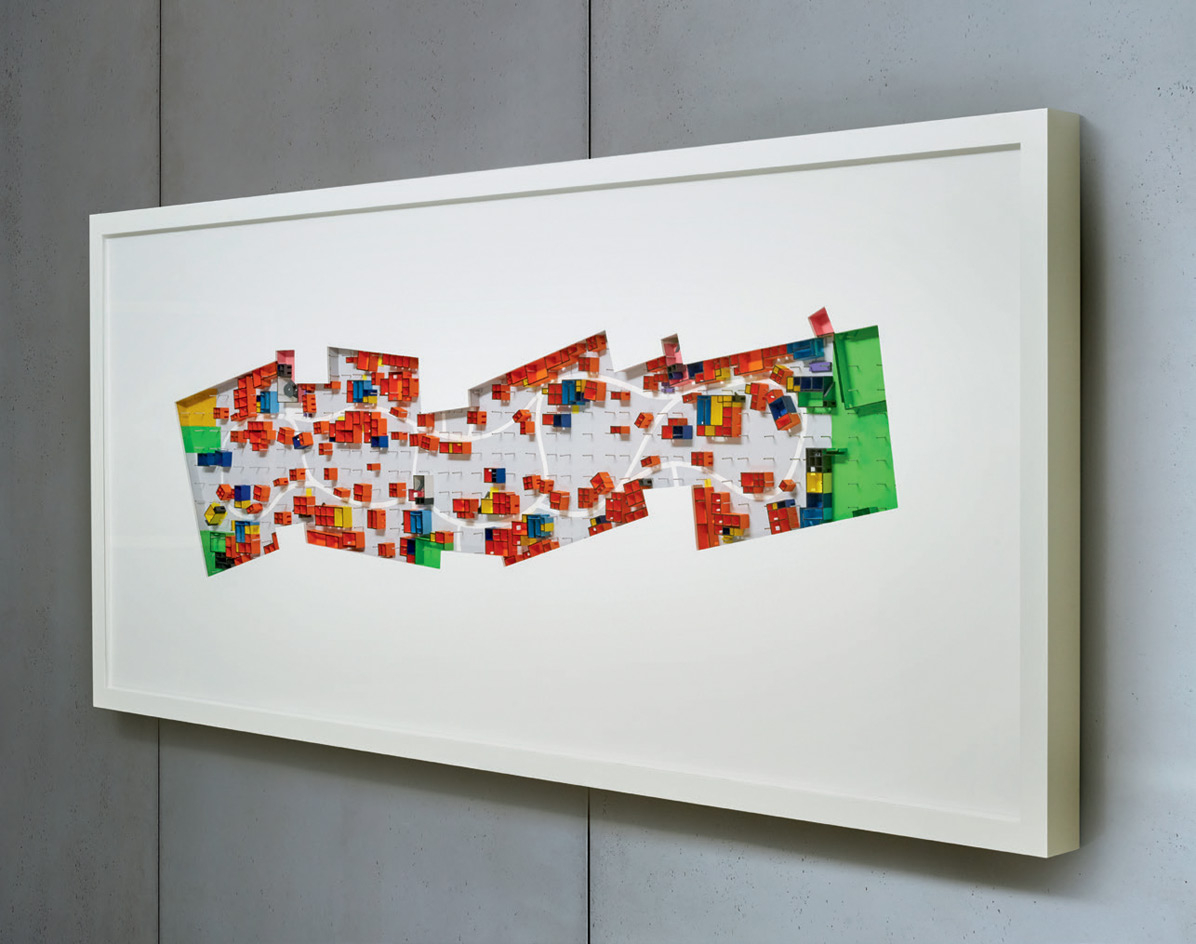
Facebook, Menlo Park, 2017
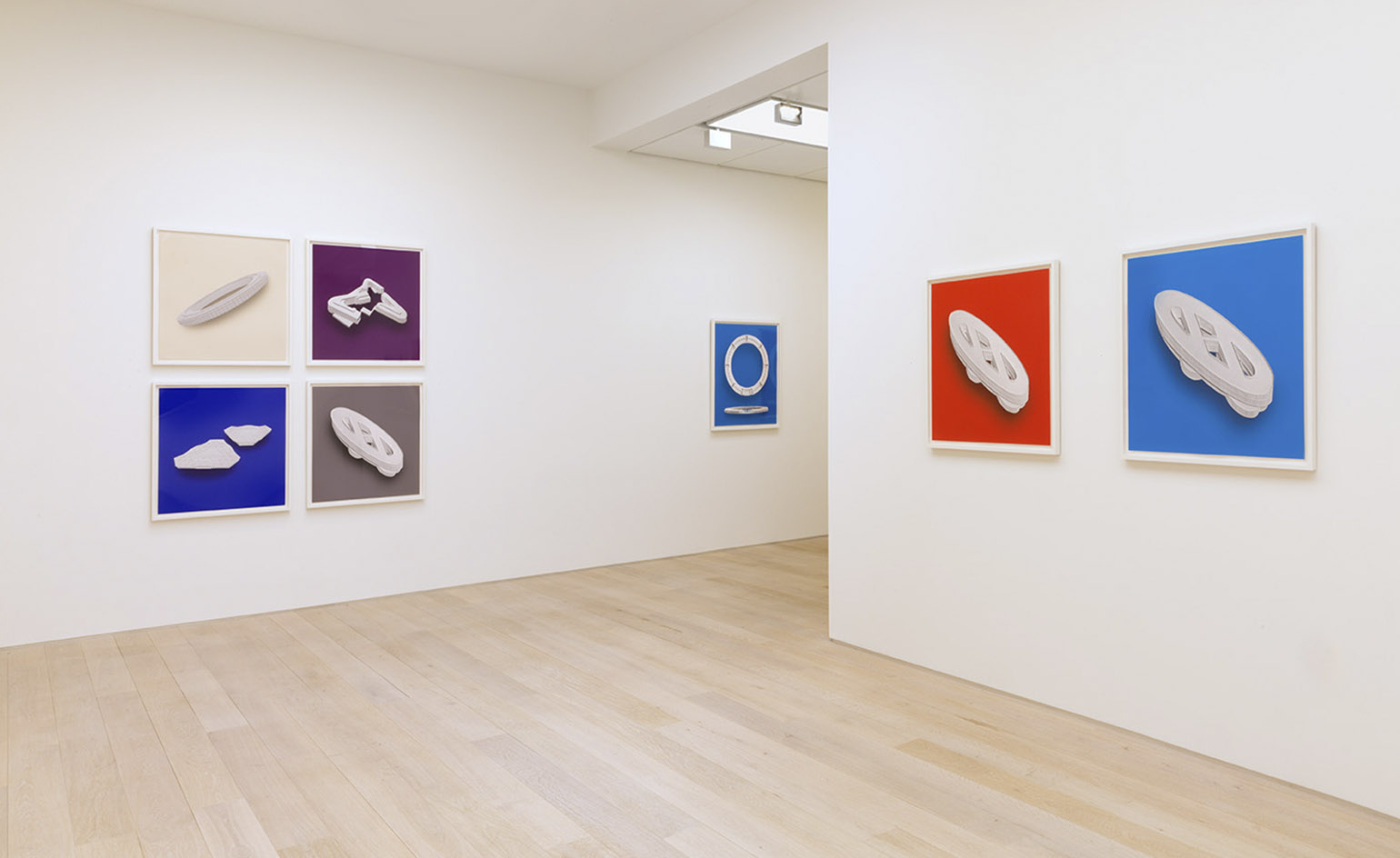
Installation view. 2017. Courtesy of the artists and Alan Cristea Gallery, London
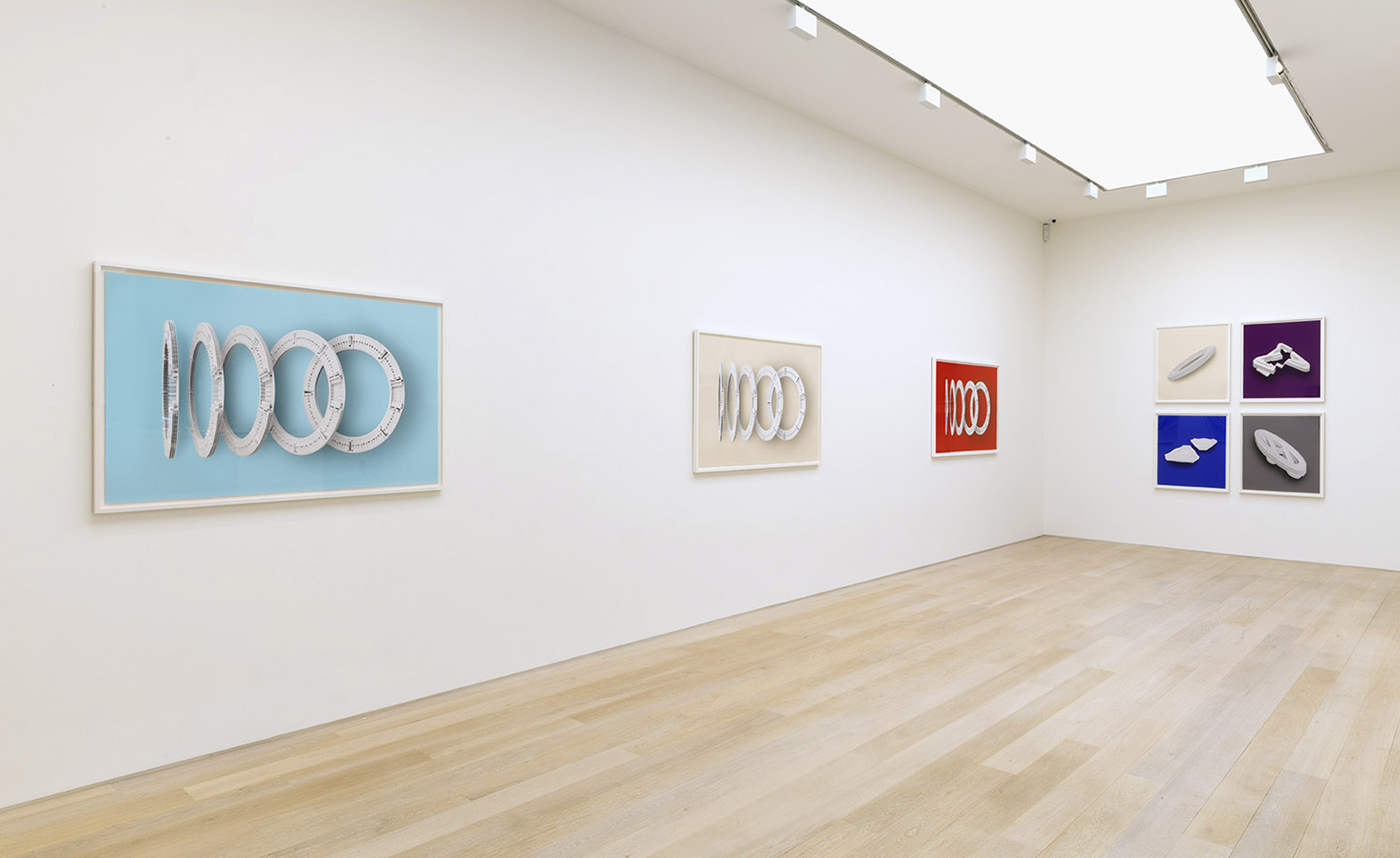
Installation view. 2017. Courtesy of the artists and Alan Cristea Gallery, London
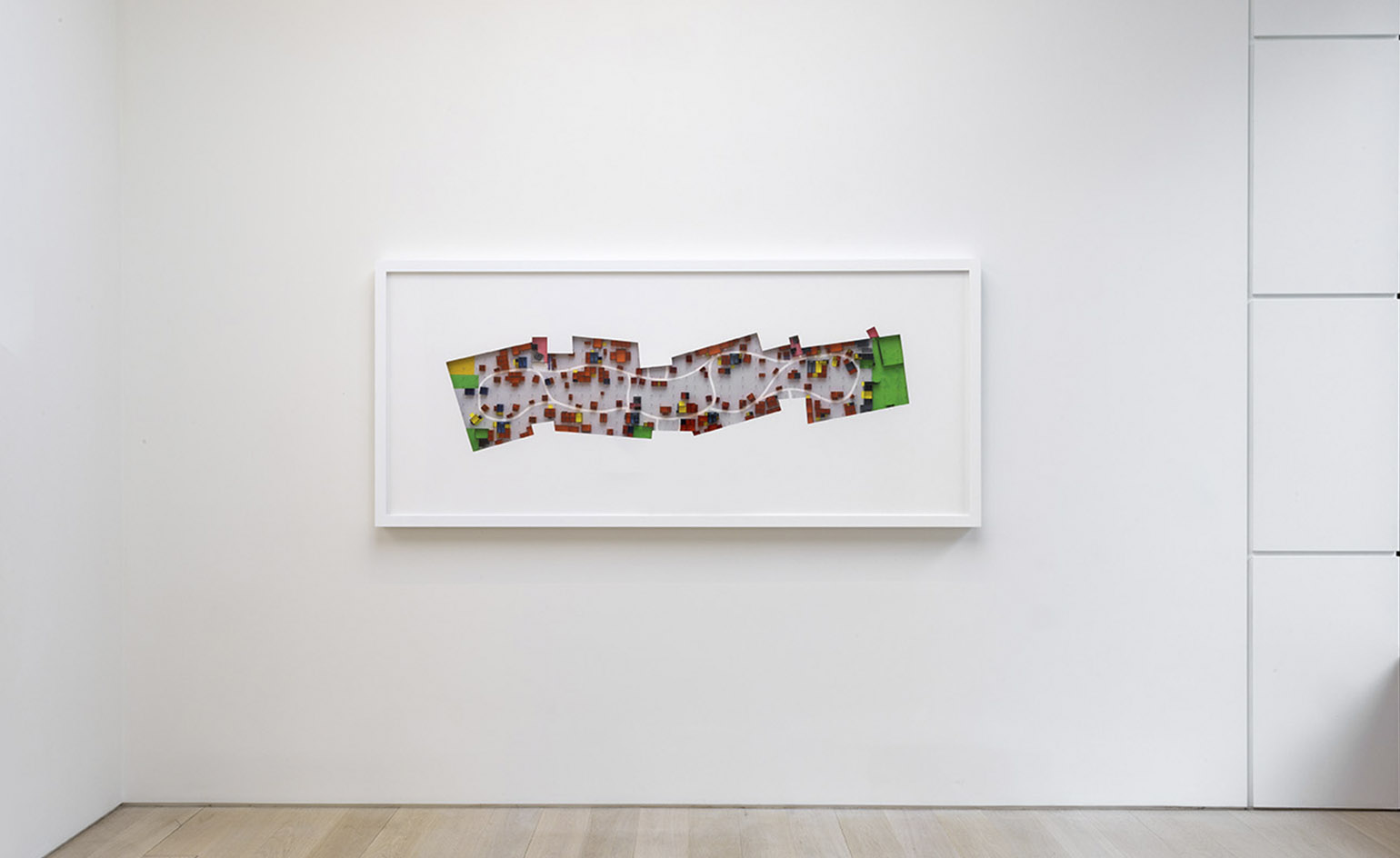
Installation view. 2017. Courtesy of the artists and Alan Cristea Gallery, London
INFORMATION
‘Infinite Loop’ is on view 27 April–3 June. For more information, visit the Alan Cristea Gallery website
ADDRESS
Alan Cristea Gallery
43 Pall Mall
London SW1Y 5JG
Wallpaper* Newsletter
Receive our daily digest of inspiration, escapism and design stories from around the world direct to your inbox.
TF Chan is a former editor of Wallpaper* (2020-23), where he was responsible for the monthly print magazine, planning, commissioning, editing and writing long-lead content across all pillars. He also played a leading role in multi-channel editorial franchises, such as Wallpaper’s annual Design Awards, Guest Editor takeovers and Next Generation series. He aims to create world-class, visually-driven content while championing diversity, international representation and social impact. TF joined Wallpaper* as an intern in January 2013, and served as its commissioning editor from 2017-20, winning a 30 under 30 New Talent Award from the Professional Publishers’ Association. Born and raised in Hong Kong, he holds an undergraduate degree in history from Princeton University.
-
 A Xingfa cement factory’s reimagining breathes new life into an abandoned industrial site
A Xingfa cement factory’s reimagining breathes new life into an abandoned industrial siteWe tour the Xingfa cement factory in China, where a redesign by landscape specialist SWA Group completely transforms an old industrial site into a lush park
By Daven Wu
-
 Put these emerging artists on your radar
Put these emerging artists on your radarThis crop of six new talents is poised to shake up the art world. Get to know them now
By Tianna Williams
-
 Dining at Pyrá feels like a Mediterranean kiss on both cheeks
Dining at Pyrá feels like a Mediterranean kiss on both cheeksDesigned by House of Dré, this Lonsdale Road addition dishes up an enticing fusion of Greek and Spanish cooking
By Sofia de la Cruz
-
 The art of the textile label: how British mill-made cloth sold itself to Indian buyers
The art of the textile label: how British mill-made cloth sold itself to Indian buyersAn exhibition of Indo-British textile labels at the Museum of Art & Photography (MAP) in Bengaluru is a journey through colonial desire and the design of mass persuasion
By Aastha D
-
 Artist Qualeasha Wood explores the digital glitch to weave stories of the Black female experience
Artist Qualeasha Wood explores the digital glitch to weave stories of the Black female experienceIn ‘Malware’, her new London exhibition at Pippy Houldsworth Gallery, the American artist’s tapestries, tuftings and videos delve into the world of internet malfunction
By Hannah Silver
-
 Ed Atkins confronts death at Tate Britain
Ed Atkins confronts death at Tate BritainIn his new London exhibition, the artist prods at the limits of existence through digital and physical works, including a film starring Toby Jones
By Emily Steer
-
 Tom Wesselmann’s 'Up Close' and the anatomy of desire
Tom Wesselmann’s 'Up Close' and the anatomy of desireIn a new exhibition currently on show at Almine Rech in London, Tom Wesselmann challenges the limits of figurative painting
By Sam Moore
-
 A major Frida Kahlo exhibition is coming to the Tate Modern next year
A major Frida Kahlo exhibition is coming to the Tate Modern next yearTate’s 2026 programme includes 'Frida: The Making of an Icon', which will trace the professional and personal life of countercultural figurehead Frida Kahlo
By Anna Solomon
-
 A portrait of the artist: Sotheby’s puts Grayson Perry in the spotlight
A portrait of the artist: Sotheby’s puts Grayson Perry in the spotlightFor more than a decade, photographer Richard Ansett has made Grayson Perry his muse. Now Sotheby’s is staging a selling exhibition of their work
By Hannah Silver
-
 From counter-culture to Northern Soul, these photos chart an intimate history of working-class Britain
From counter-culture to Northern Soul, these photos chart an intimate history of working-class Britain‘After the End of History: British Working Class Photography 1989 – 2024’ is at Edinburgh gallery Stills
By Tianna Williams
-
 Celia Paul's colony of ghostly apparitions haunts Victoria Miro
Celia Paul's colony of ghostly apparitions haunts Victoria MiroEerie and elegiac new London exhibition ‘Celia Paul: Colony of Ghosts’ is on show at Victoria Miro until 17 April
By Hannah Hutchings-Georgiou